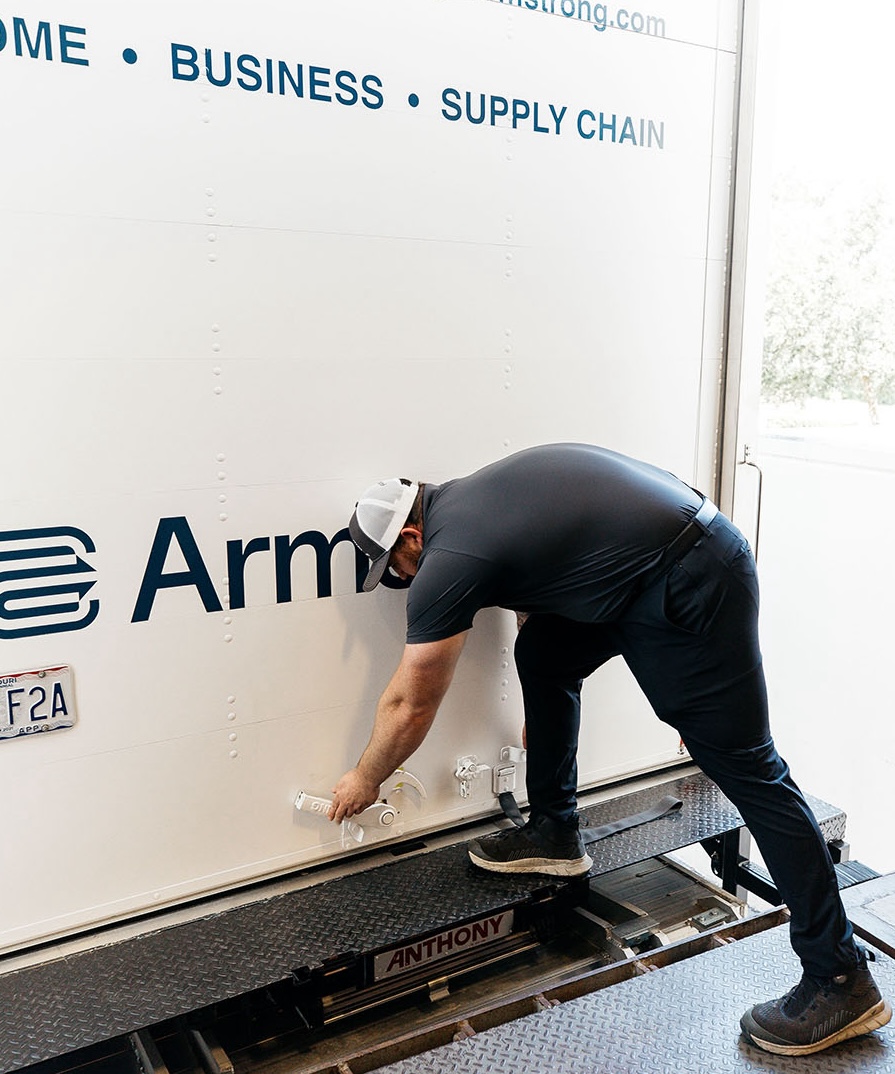4 Retail Trends to Watch in 2022

The retail industry is proving its resilience by reporting solid earnings and optimistic outlooks for 2022.
Despite supply-chain and inflationary pressures, big-box, wholesale and e-commerce retailers have announced new store openings, growth strategies and shopping experiences. Here are four trends experts are watching in the retail landscape.
Brick-and-Mortar Shopping Bounces Back
After the pandemic upended the global brick-and-mortar sector, physical stores appear to be making a comeback. Fueled by a seven percent year-over-year rise in retail sales, brick-and-mortar retailers performed better than their online competitors in March 2022 — the first time since COVID-19 emerged, according to the National Retail Federation (NRF).
The NRF reported that U.S.-based retailers announced plans to open more than 4,000 brick-and-mortar stores in the first quarter of 2022 and close only 635 locations, compared to the 2,100 store closings in the first quarter of 2021.
Experts predict a sunny forecast for clothing and apparel stores in particular. The NPD Group found that nearly two million adult consumers didn’t buy a single article of clothing in 2020, but in 2021, more than 60 percent of consumers said it was time to refresh their wardrobes again.
Discount Retailers Experience Explosive Growth
Amid inflationary pressures, consumers are increasingly turning to discount retailers, fueling the nationwide rise of the off-price sector. NRF data shows that dollar stores announced more than 2,000 store openings in the first quarter of 2022, representing roughly half of all brick-and-mortar expansions.
Five Below aims to triple its store count to more than 3,500 locations by 2030. Dollar Tree, Inc. plans to open 400 new Family Dollar stores and 190 new Dollar Tree stores this fiscal year alone. Dollar General has its eyes set on opening 1,110 new stores in 2020. TJX Companies Burlington and Ross Stores have begun similarly aggressive expansions across the country in the off-price apparel sector.
Discount retailers have continued to pivot their offerings throughout the pandemic, expanding their private-label food and beverage products to meet consumer needs. The new Dollar Tree locations will have more space to hold health, beauty and grocery items — three of the most popular purchases in 2022.
Digitally-Native Brands Expand Physical Presence
The e-commerce boom during the pandemic led to strong reports for digitally-native retailers. As people return to physical locations, digitally-native brands are beginning to build new brick-and-mortar stores and wholesale partnerships.
After going public, glasses titan Warby Parker announced plans to grow its retail footprint by opening 40 new stores. Activewear brands Athleta and Fabletics expect to open 30-40 new stores, and sustainable shoe company Allbirds plans to open 17 locations, according to NRF data.
This shift shows that companies are finding value again in the in-person shopping experience. As debate continues between digital, physical, wholesale and direct-to-consumer channels, digitally-native brands are working to find the perfect balance.
Consumer Spending Shifts Lead to Excess Inventory
Retailers shouldn’t expect total relief yet from supply-chain disruptions and changing consumer patterns. During the pandemic lockdowns, families loaded up on items for their homes, including furniture, kitchen appliances, televisions and other at-home entertainment. Now, more consumers are giving up on their DIY home-remodel projects and are spending more money on non-discretionary goods like groceries.
Companies like Target that bet big on home goods are facing excess inventory. According to NBC, the big-box retailer is reducing prices and canceling orders to clear out its unsold items and make room for new products in demand. Macy’s, Kohl’s and Walmart also reported bloated inventories but have not yet shared plans to return to leaner stock and capitalize on new spending patterns.
Retailers face another new consumer landscape amid changing shopping patterns, supply-chain disruptions and rising prices. However, new momentum for brick-and-mortar locations could mean a breakthrough year for retail relocation and development.
Minimize downtime and stay agile during your next retail relocation by partnering with Armstrong, the largest asset-based provider of commercial services in the United States. Armstrong can receive deliveries, store inventory and install racks for you, allowing you to focus on growing your business. Get started today by calling 800.288.7396 or requesting a free quote online.
